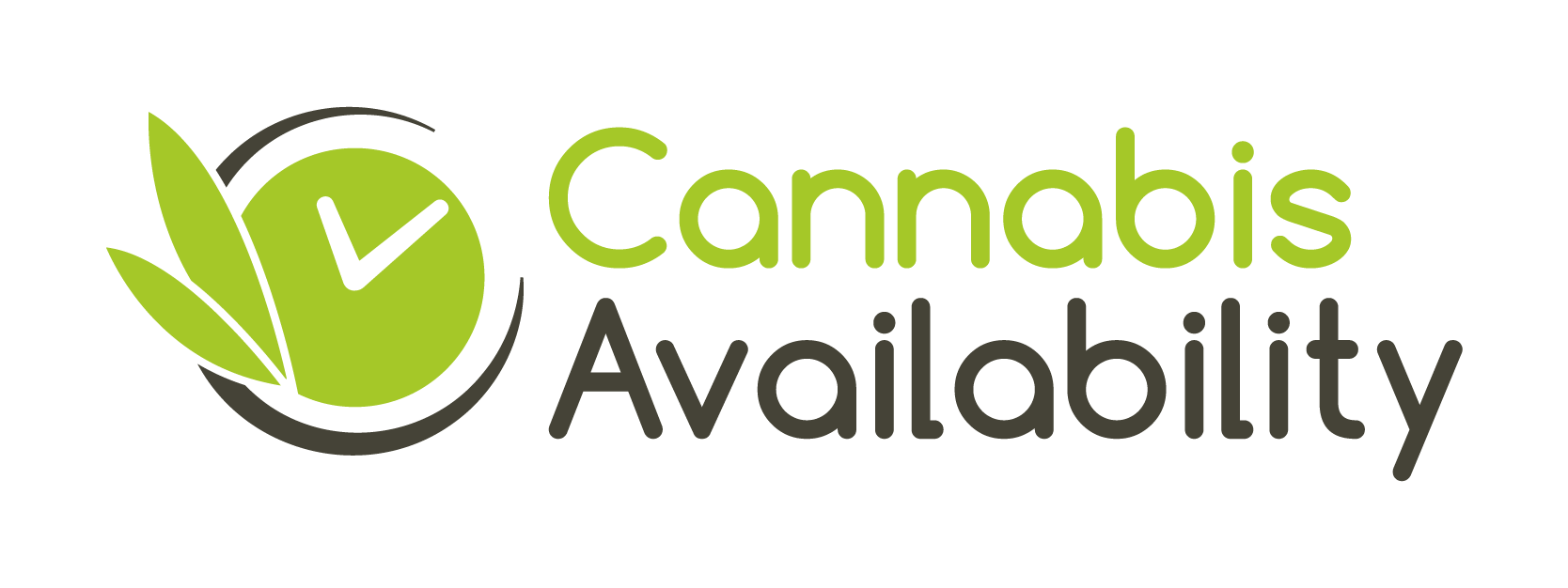In 2025, breadth of choice tends to mirror three structural factors: open licensing (more operators and brands), dense retail networks (more shelf space), and mature wholesale marketplaces (more SKUs moving efficiently). By those yardsticks, California, Michigan, Oregon, Colorado—and increasingly Ohio and New York—offer the most variety, while limited-license or vertically integrated systems (notably Florida) present narrower assortments.
California still sets the ceiling on availability. It has by far the most dispensaries—Flowhub estimates roughly 3,600 statewide—creating immense shelf space for brands across every category from flower and pre-rolls to beverages and vapes. More stores generally mean more local and craft labels making it to market, which translates into higher SKU counts for consumers hunting specific formats, potencies, or terpene profiles.
Michigan has emerged as California’s peer on variety despite a smaller population. Its open, competitive licensing fostered an oversupplied but assortment-rich ecosystem, with hundreds of operators and aggressive brand proliferation. In 2024 Michigan even surpassed California in units sold, a signal of both depth and consumer appetite across categories; bigger baskets and heavy flower mix contribute to the feeling of abundance in-store.
Oregon and Colorado continue to punch above their weight for choice, thanks to mature supply chains and a long tail of independent producers that keep price points low and menus long. These markets have thousands of active SKUs at any given time, and category specialists—like beverage brands with dozens of flavors and dose sizes—layer even more options onto shelves. Headset and MJBizDaily reporting show deep competition and, in beverages specifically, expanding portfolios from leading brands, all of which widen consumer selection.
Oklahoma’s medical-only market historically delivered exceptional variety because of permissive licensing—thousands of licenses created a vast, if uneven, menu for patients. Regulatory tightening is underway, but the broad base of growers and retailers still tends to support a high number of SKUs relative to patient size. State updates reflect ongoing adjustments, yet the market’s legacy of easy entry has already embedded extensive choice.
Two fast-changing states are rapidly boosting choice through retail expansion. Ohio launched adult-use sales in August 2024 and moved more than $700 million in its first year; with over 150 dual-license dispensaries and no hard statewide cap, consumers are already seeing category breadth that rivals older markets. Some municipalities have paused local licensing, but statewide availability continues to rise. New York, after a halting start, exceeded 300 licensed dispensaries by early 2025 and is on pace for $1B+ in annual sales, which dramatically expands shelf space and SKU diversity across boroughs and upstate hubs. Ongoing enforcement against illicit shops is also channeling demand to legal stores, further broadening legal selection.
By contrast, limited-license or vertically integrated frameworks restrict brand access and keep assortments tighter. Florida’s MMTC model requires seed-to-sale control by a handful of operators, which streamlines supply but reduces third-party brand variety compared with open-license states. Even with new licenses on the horizon, the structure inherently narrows the brand field, so menus skew toward house labels over the sprawling third-party ecosystems seen in California or Michigan.
Bottom line: for sheer product choice in 2025, look to open-license states with many storefronts and active wholesale networks—led by California and Michigan, with strong showings from Oregon and Colorado and rapid catch-up in Ohio and New York. Limited-license and vertically integrated markets trade assortment for control and consistency, and consumers will notice the difference on the shelf.
